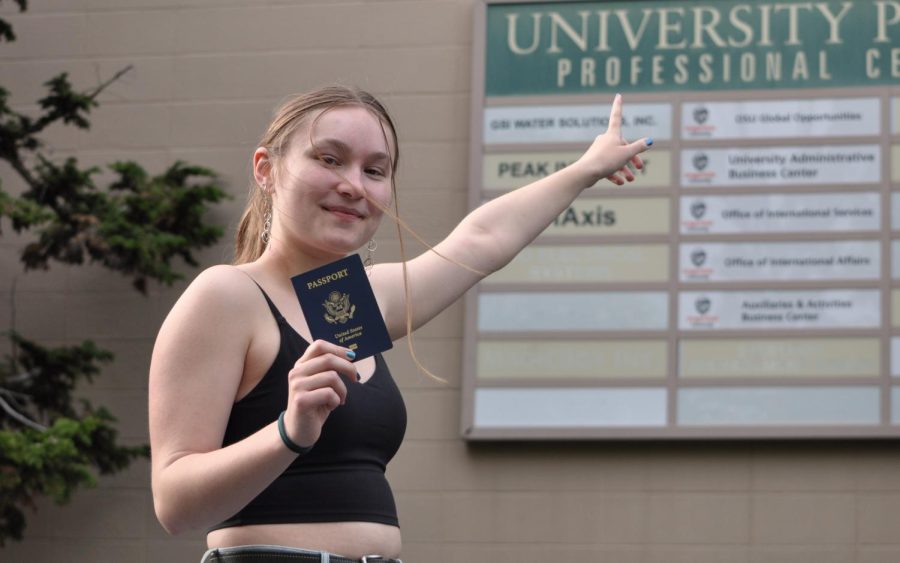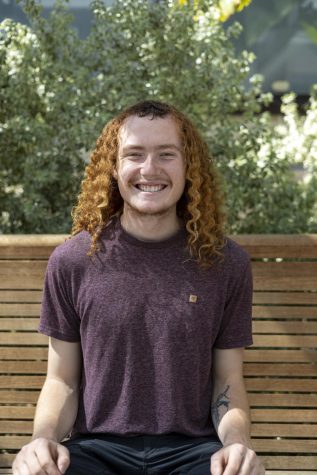F*ck it, real talk: Why it’s hard to study abroad, but important to try
June 6, 2022
 Editor’s Note: This column does not represent the opinion of The Daily Barometer. This column reflects the personal opinions of the writer.
Editor’s Note: This column does not represent the opinion of The Daily Barometer. This column reflects the personal opinions of the writer.
Studying abroad is difficult to do; there are many barriers, from finances and classes to the bureaucracy of actually getting into a program, but it is still valuable to try while in college.
The first thing most people think of when studying abroad is finances. That makes sense considering programs range from just a bit more than Oregon State University—already overpriced because education should be free—to $20,000 or $30,000 for term or year-long programs.
“I am hoping to use my OSU scholarship for study abroad,” said Sophia Fischer, a psychology major and prospective study abroad student for the fall of 2022. “I have to be accepted before I can apply for their scholarships. I am hoping I can get a good portion funded through their scholarships, and I have been saving for a while, and with a couple hundred from my parents, I should be able to do it.”
For the big question, paying for study abroad, students have several options. All programs offered through OSU Global Opportunities allow students to use their financial aid towards the program. You can also pay for it out of pocket, apply for scholarships or take out outside loans.
Most program providers also have need-based and merit-based scholarships.
OSU offers several scholarships, and the global scholarship office will help walk you through certain scholarships such as the Gilman Award. According to Laura Hampton, the Study Abroad Manager at OSU GO, 21 out of 24 OSU Gilman Scholarship applications got approved for this upcoming year, including myself.
“There are programs that are similar or just above the cost of attendance to OSU so I would encourage students to make the investment,” Hampton said.
Even aside from the financial part of things, working around classes and actually applying are all difficult. However, I would argue that if you can make it work, you should try. An international experience will make you well-rounded in a way that studying in the U.S. can never do.
According to Christopher Adams, the International Programs coordinator at OSU GO, he talks to people all the time out of college that say they wish they had the time to study abroad.
“As complicated and as costly, and as whatever barrier there is, it is probably not going to get any easier later in your life to do something like this,” Adams said. “This is one of your best opportunities [in your life] to get an extended international experience.”
That is fatalistic, as Adam himself noted, but it is a good point. So, aside from finances, what other barriers do prospective students wanting to study abroad face?
“At first I was really confused, and the OSU GO page was really confusing for me to navigate; I didn’t know I was supposed to make an appointment with them,” Fischer said. “I got really stressed because I was trying to make an OSU GO advising appointment. They have them organized for majors and places, and the person [I needed] wasn’t available for 3 months.”
Admittedly, the OSU GO portal is a bit tricky to navigate. You have several options to start, you can schedule drop-in advising first to ask questions or you can search for programs. After that, you pick one and go through some resources on the OSU GO page and the OSU GO Canvas page.
After all of that, you can schedule your “approval to apply” meeting with the university. You need to submit an application through both OSU GO and the external program provider if the program is affiliated with OSU but not through OSU—don’t worry your financial aid still works for these programs. Don’t forget you have to pay an application fee for both the OSU GO and external program provider site.
After you apply, you’ll hear back from both OSU and your external provider—assuming you applied through them. If you are accepted, you’ll have some post application materials through OSU GO and the external program provider, and then you’ll need to pay. This was the process I went through, but please note that yours might be different.
In all honesty, this was very tricky. There are a lot of deadlines and paperwork to submit, not to mention working this around your classes.
According to Adams and Hampton, the earlier the better when it comes to a traditional study abroad, but later in your degree path is better for an international internship.
All in all, the process is tricky, but I would argue it is worth a shot. There are a lot of resources to try and help you, and Adams was right when he said it can be really difficult to do this after college.
“My encouragement is to live with no regrets,” Hampton said. “If this is something of interest to you, can I afford it? Can I fit it into the academic program? We are here to help.”
Until next time, safe travels!
















































































































